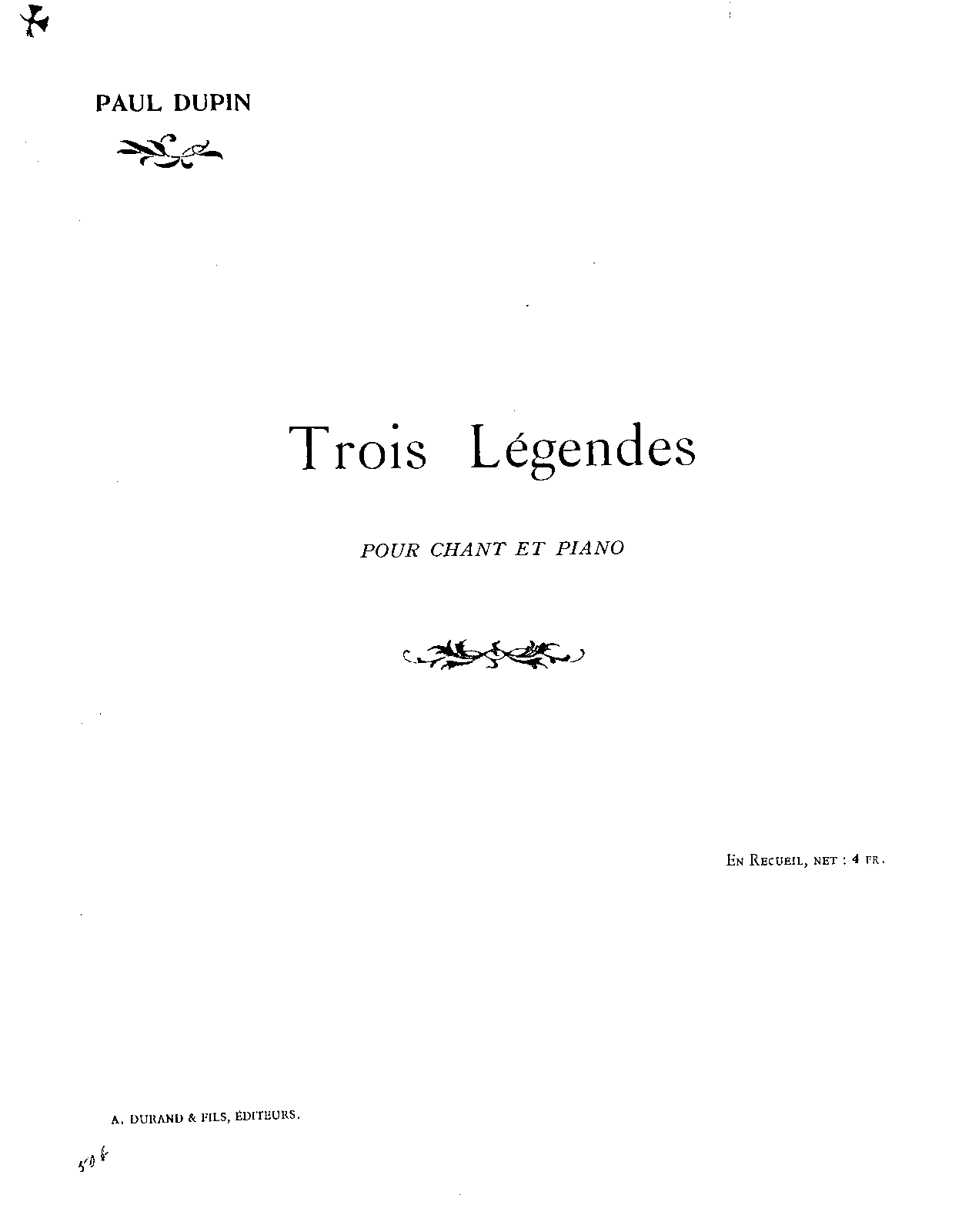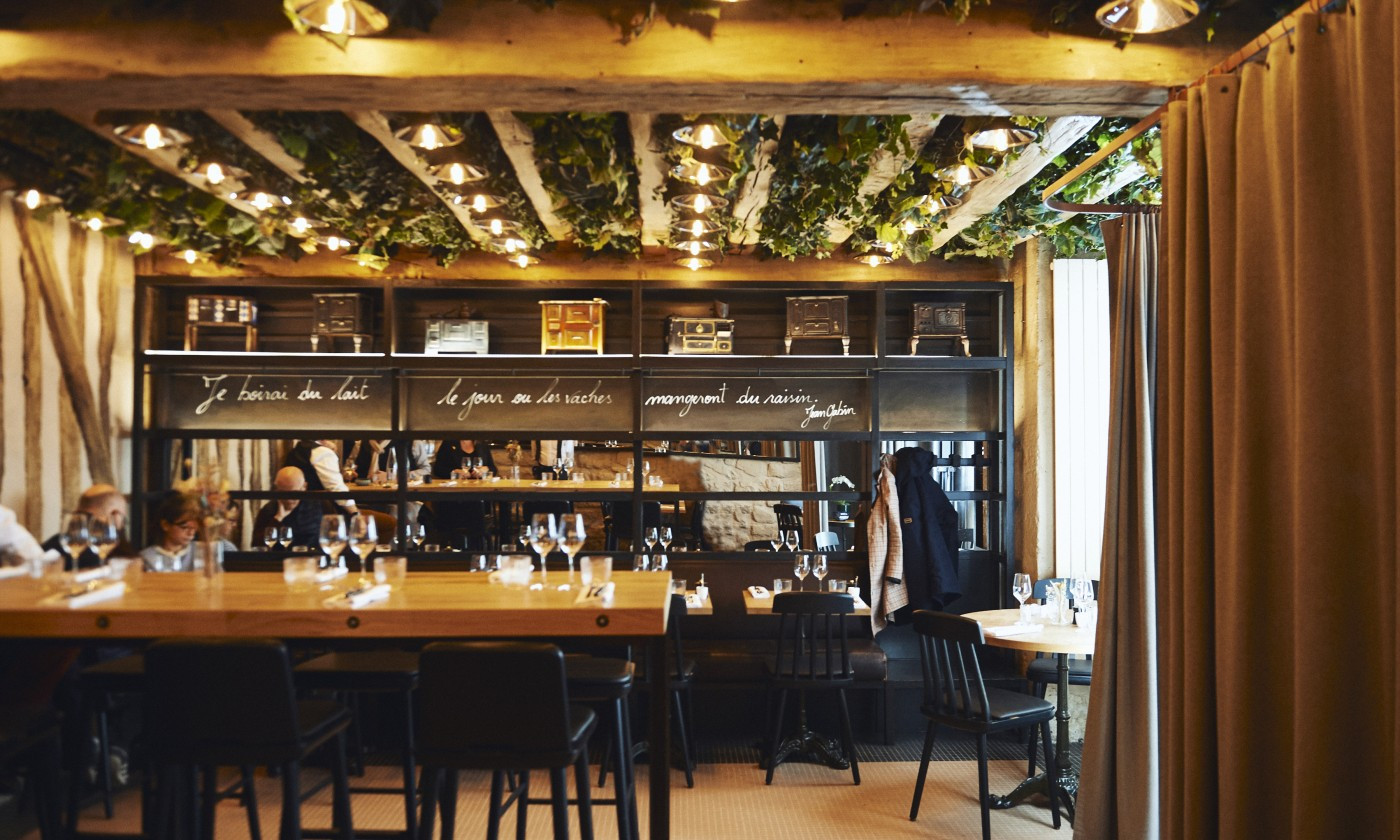


Mechanization has been a key element in both the rapidity of expansion and the increase in yield. Since 1990, the amount of land planted with soy in Brazil has doubled and production has quadrupled. In the three decades since soy production began in Brazil, soy has advanced to become the nation’s principal crop, both in planted area and in quantity produced. Findings from this study suggest that holistic, spatially explicit models of likelihood of conversion to mechanized agriculture should consider land cover, slope, and proximity to main roads in addition to political and economic parameters to generate realistic scenarios for sustainable land-use planning. Soil type and total November precipitation were poorly correlated with mechanized agriculture. The physical landscape parameter found most highly correlated with conversion to mechanized agriculture between 20 was that of the previous land-cover type, followed by topographic slope and distance from paved roads. Areas of new cropland in 2003 (converted since the 2001 classification) were nearly 3 times as likely to have been converted from pasture/cerrado as from all other land-cover types combined, but in terms of class original extent, bare soil was by far the most likely class to be converted to cropland, with 56% of its 2001 land area being converted by 2003. Finally, logistic regressions were performed to quantify the respective correlations of these various characteristics with the probability of conversion to mechanized agriculture. A land-cover transition matrix was generated to inform analysis of the role of previous land-cover type, and statewide distributions of the other four landscape characteristics were examined across agricultural and nonagricultural land. A 2003 land-cover classification at 250-m resolution was compared to maps of five physical landscape characteristics (surface slope, soil type, total November precipitation, distance from paved roads, and previous land-cover type based on a 2001 classification). The goal of this study is to evaluate several physical characteristics of land in Mato Grosso and to quantify their respective weights in determining the likelihood of land-use conversion to crop production.
DUPIN 2.3.1 DRIVERS
Drivers of this large-scale land-use conversion are principally economic and sociopolitical, but physical properties of the landscape make some areas more attractive than others for expansion of mechanized agriculture. In the past five years, land area planted with soybeans, the state’s principal crop, has increased at an average rate of 19.4% yr −1. Mechanized agriculture is rapidly expanding in the state of Mato Grosso, Brazil.


 0 kommentar(er)
0 kommentar(er)
